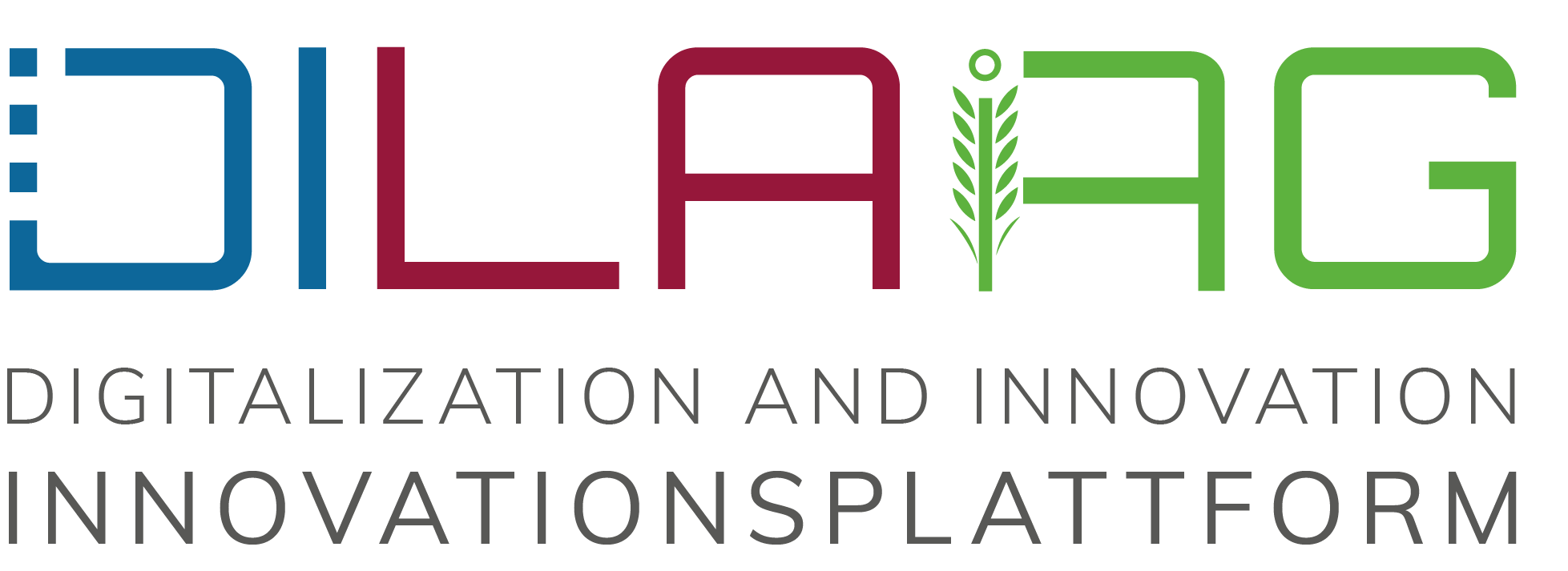News
Putting sensor technology to the acid test
Validation of two different accelerometers for assessing the lying behavior of dairy cows on pasture
Author: Barbara Pichlbauer
Our goal for 2020’s pasture season was to test two different accelerometers that have already been proven to be reliable when applied in the stable. We used the following two sensors, focussing on continuously collecting data on the cows’ lying behavior:
- A 3-D-accelerometer that is built into an ear-tag (SMARTBOW ear-tag, Smartbow corp., Zoetis, Parsippany, NJ)
- A data logger with an accelerometer and a gyroscope that is fixed on the leg of an animal (HOBO Pendant G Logger, Onset Computer Corporation, Bourne, MA)
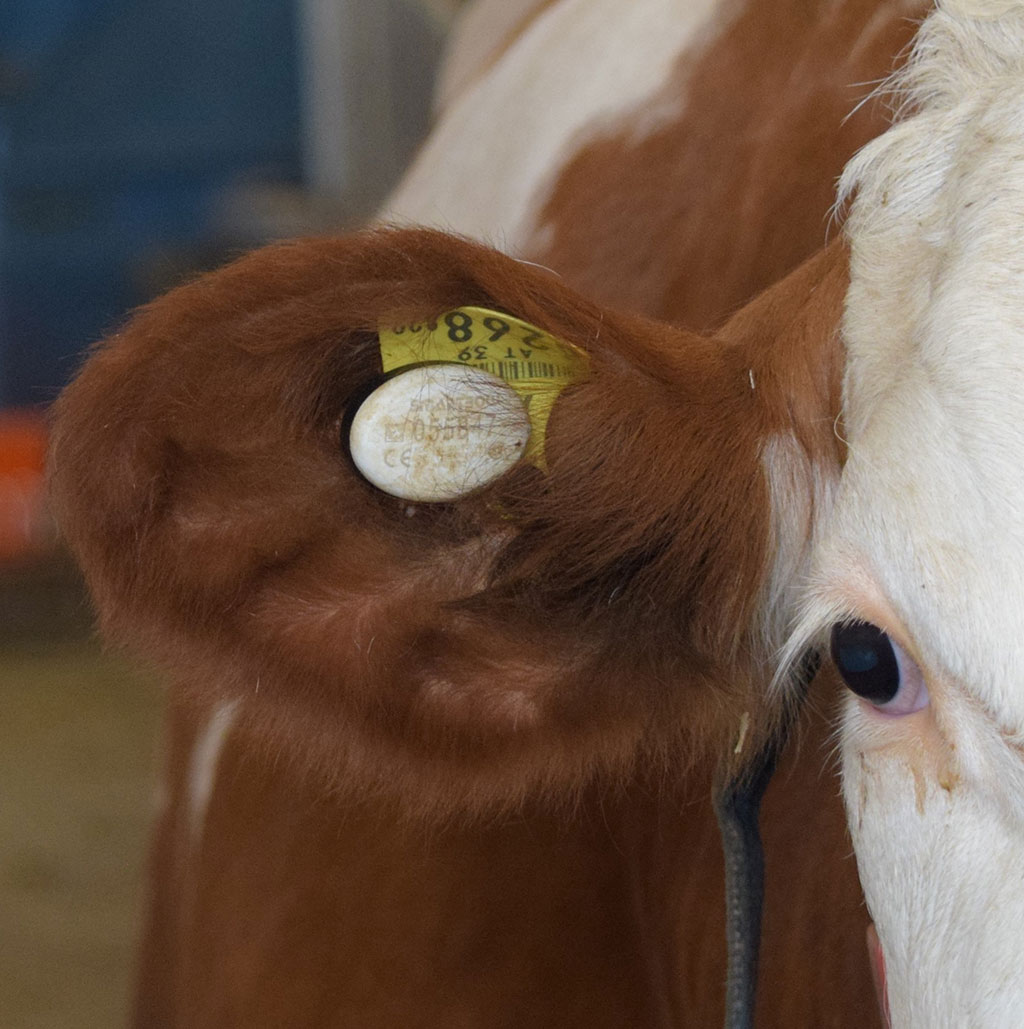
Figure 1: SMARTBOW ear-tag
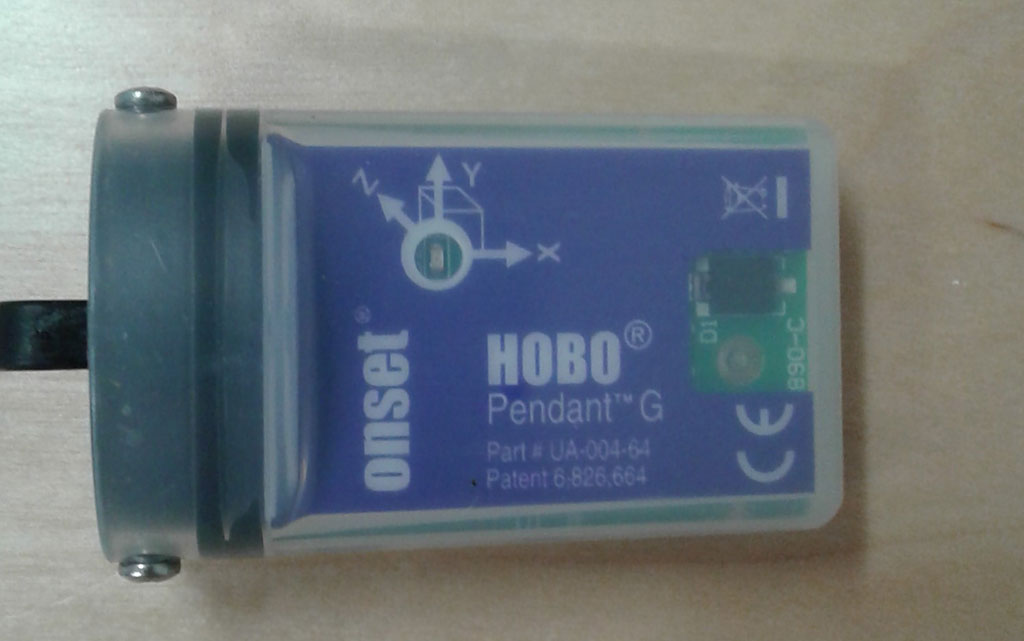
Figure 2: HOBO data logger
There are also a few more sensor systems that are going to be used in the project “Using digital sensors to monitor dairy cows on pasture”:
- Drone with an integrated camera
- RumiWatch-halter
- RumiWatch-pedometer
- Polar heart rate belts

Figure 3: Drone with an integrated camera (producer: DJI)
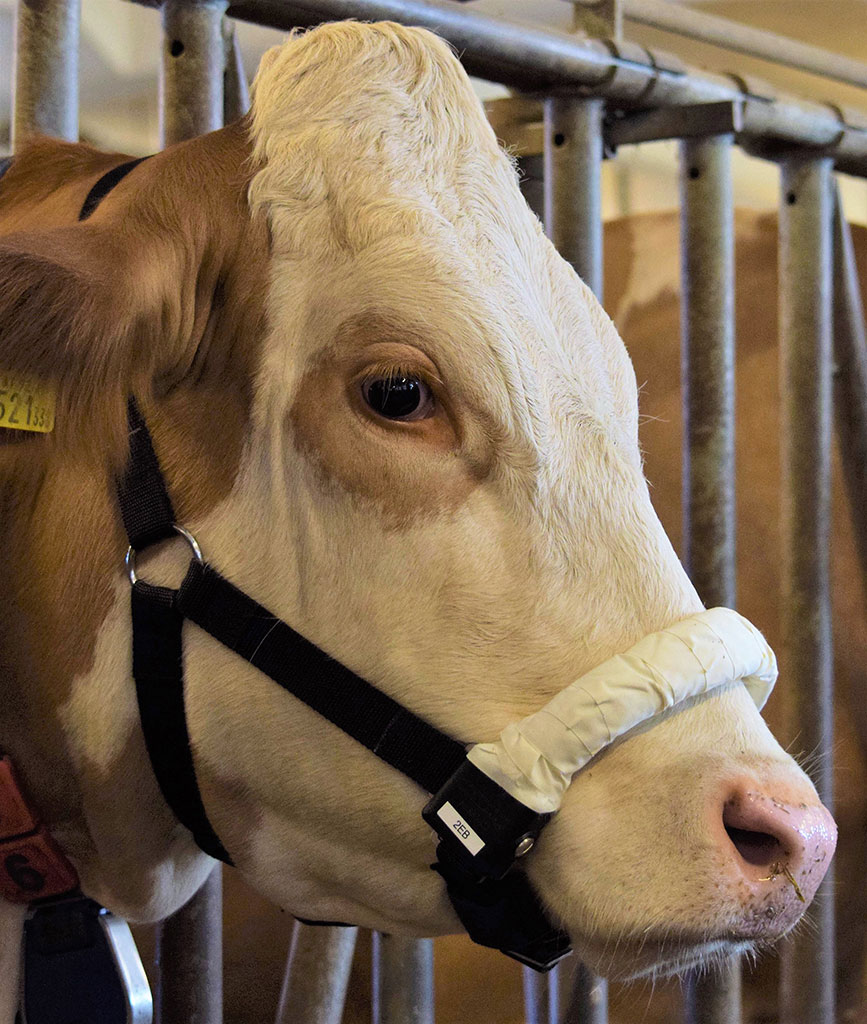
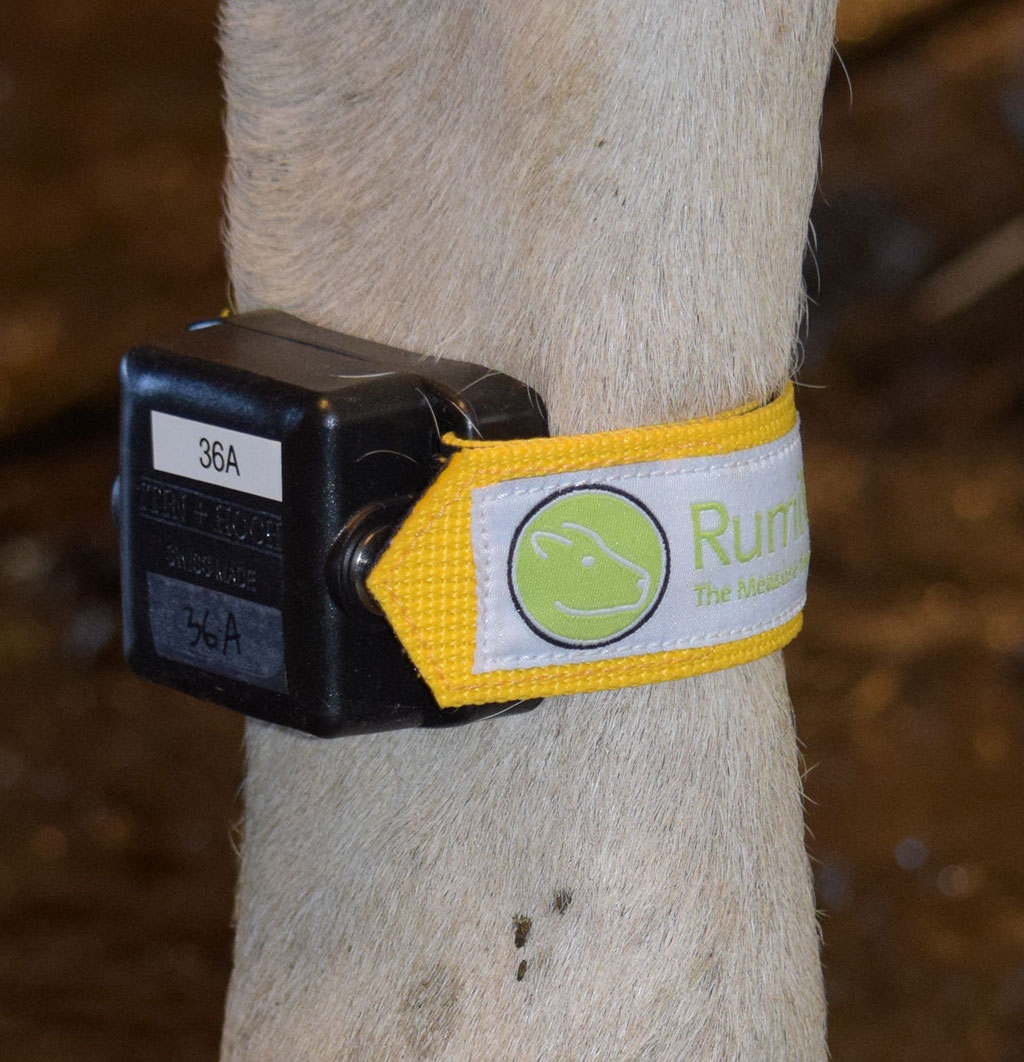
Figure 4: On the left: The pressure sensor is integrated into the noseband, and the accelerometer is situated at the side. Ruminating, feeding in the barn and on pasture, and the water intake can be detected with the RumiWatch-halter. On the right: The pedometer can classify an animal’s behavior into “standing” and “lying” and detect the steps.
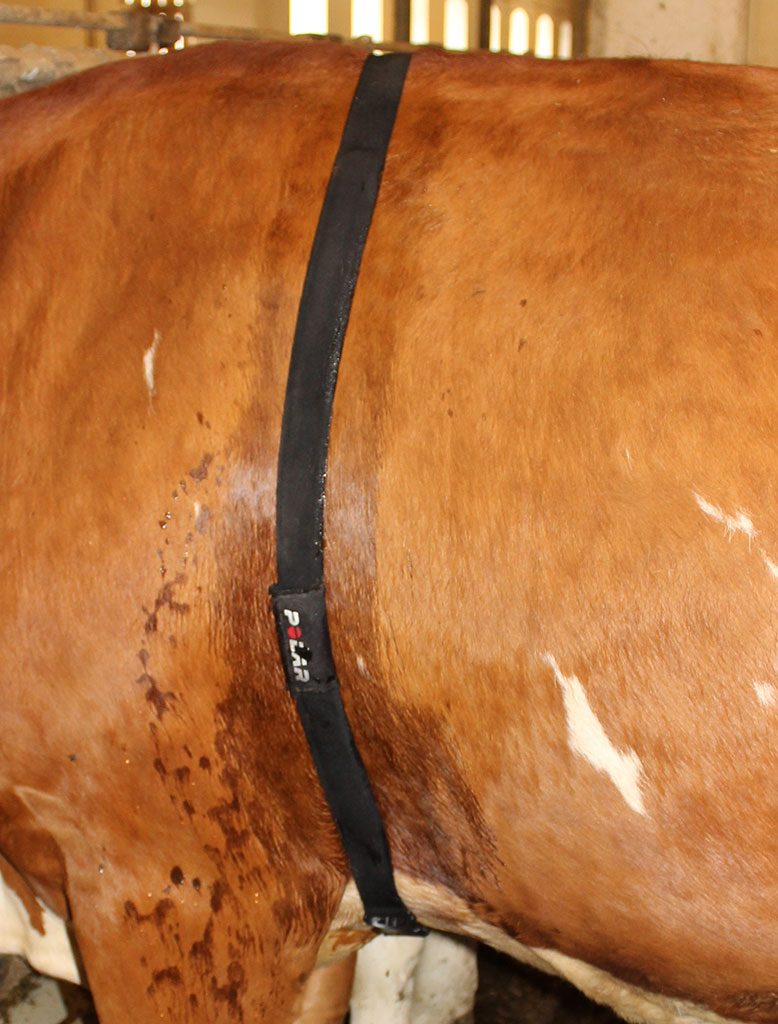
Figure 5: Polar heart rate belts for measuring the heart rate of the animals
Citation: B. Pichlbauer, „Sensorsysteme auf Herz und Nieren prüfen: Validierung zweier verschiedener Beschleunigungssensoren zur Beurteilung des Liegeverhaltens von Milchkühen auf der Weide“. In: DiLaAg Innovationsplattform [Webblog]. Online-Publication: https://dilaag.boku.ac.at/innoplattform/en/2021/02/10/putting-sensor-technology-to-the-acid-test/, 2020
